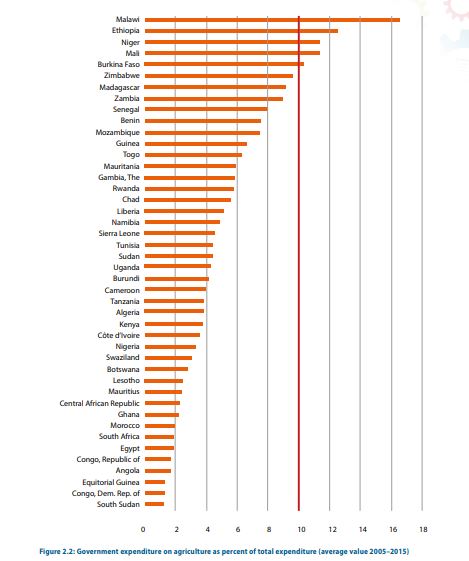As African and global leaders meet in Kigali, Rwanda for the 8th African Green Revolution Forum, there is renewed pressure for the continent to deliver reforms around access to land and markets, extension services, and private sector investments in order to unlock its agricultural potential.
In 2016, the report indicated that Africa’s agriculture sector loses about $4 billion to post-harvest losses yearly and as a result, its annual import bill is $35 billion and projected to $100 billion by 2030.
“Agriculture is key to Africa’s future. The continent has most of the world’s arable land, over half of the African population is employed in the sector, and it is the largest contributor to the total gross domestic product (GDP). Yet, Africa is still producing too little food and value-added products,” says the reports forward by Tony Blair Executive Chairman of the Institute for Global Change Former Prime Minister of Great Britain and Northern Ireland.
According to this year’s Africa Agriculture Status Report (AASR) – Catalaysing Government Capacity to Drive Agricultural Transformation, African countries must increase spending in agriculture in order to transform the lives of a majority of the people and ensure food security.
“First, African governments need to take the lead in promoting agricultural transformation, both to create an enabling environment for the private sector and to address widespread market failures,” according to Regina Birner, Anwar Naseem, Carl Pray, and Jock R. Anderson.

Further, the Comprehensive African Agricultural Development Programme (CAADP) drafted in 2003 recommends an allocation of at least 10 percent of national budgets for agriculture, and 1 percent of agricultural income to be spent on agricultural research. However, as a whole, Africa has not met CAADP’s agricultural spending target according to the Regional Strategic and Knowledge Support System data.
Only 20 countries are on track to achieve their commitments, according to the AU, and include Rwanda, Mali, Morocco, Ethiopia, Togo, Malawi, Kenya, Mauritania, Burundi and Uganda according to the AU African Agricultural Transformation Scorecard evaluated on achieving commitments of the Malabo Declaration.
Alliance for a Green Revolution in Africa (AGRA) president Agnes Kalibata, “Let us provide leadership, measure progress and see if we are growing and if not, Let’s do things differently.”
“But we are seeing more commitment by governments to increase agriculture funding. For example, in 2016, the Kenyan government committed Ksh 200 million as a fund to the youth engaged in the agriculture value chain, and this is something that is working well for the country and for the youth,” she said.
John W. Mellor, Professor Emeritus, Cornell University and President of John Mellor Associates, says the report’s focus is concerned not with what is to be implemented, but how implementation is to occur.
“Agricultural growth is implemented by farmers and small-scale commercial farmers are central to that effort. Poverty is reduced when the small-scale commercial farmer increases agricultural production and income, and spends, as is typical, on the order of half of that incremental income on the rural non-farm sector.”




